The sale of grapes to wineries that produce Madeira Wine is usually based on verbal agreements, concluded with a simple handshake, shortly before each harvest.
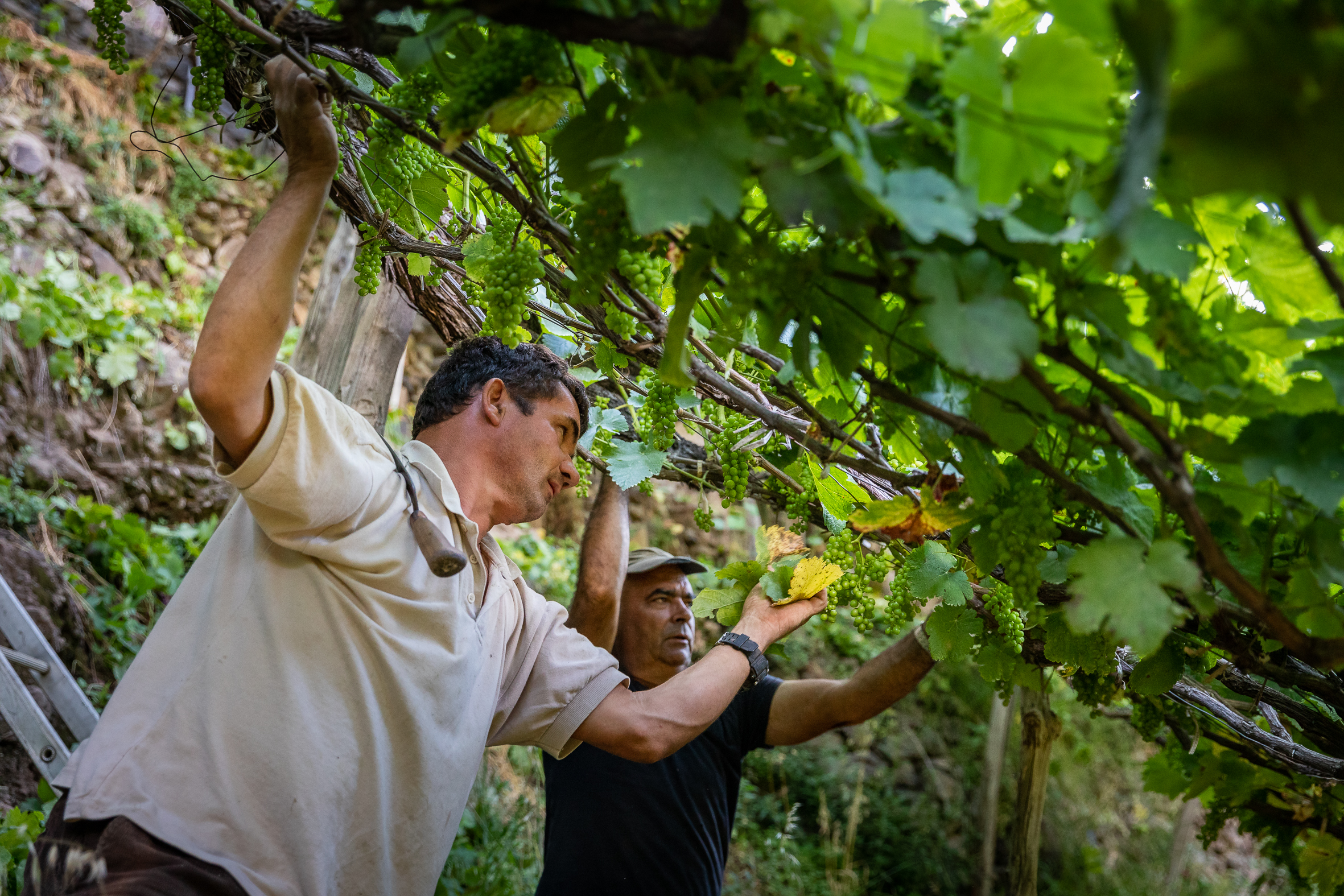
Although tourism has been the driving force behind the economy since the 20th century, Madeira Wine continues to be produced to this day.
There are currently about 400 hectares of "Vitis vinifera" vineyards in the archipelago, distributed by approximately 1200 producers. The small-scale nature of the terroir is one of the singularities of this winemaking tradition. The small size of the plots, and the slope of some, makes mechanization unfeasible, requiring a lot of labor. Almost all activity in the vineyard is manual. The sale of grapes to wineries that produce Madeira Wine is usually based on agreed agreements, closed with a simple handshake, shortly before each harvest.
The predominant white grape varieties are: Sercial (dry), Verdelho (medium dry), Boal (medium sweet), Malvasia de S. Jorge (sweet). In the reds, the Tinta Negra (Molar) stands out, with which the youngest wines are made, in the four styles of sweetness: dry, medium dry, medium sweet and sweet.
Within the so-called "Traditional" grape varieties, the Bastardo and Terrantez varieties deserve mention, producing very small quantities (less than 20 tons per harvest), currently. Although they produce wines of excellent quality and uniqueness, they are extremely vulnerable, due to powdery mildew and rot. Therefore, they made their production less viable. It is also worth mentioning the Malvasia Cândida variety, now rare, famous since the time of the beginning of settlement.
The main grape varieties recommended for Madeira Wine are in geographically well-defined areas. The two main wine areas on the island of Madeira are: Câmara de Lobos / Estreito de Câmara de Lobos (Tinta Negra, Verdelho and some Boal) and São Vicente (Tinta Negra and Verdelho). The Malvasia grape varieties are located in São Jorge (Malvasia de S. Jorge) and in Fajã dos Padres still with Malvasia Cândida. The great manor house of Verdelho is Ribeira da Janela, Seixal and Ponta Delgada and, in the west zone, Fajã da Ovelha; Sercial in Porto Moniz and Jardim da Serra; Boal in Calheta and Campanário; Terrantez still with vineyards in Santa Cruz, Câmara de Lobos and Funchal. Caracol and Listrão are produced exclusively in Porto Santo.
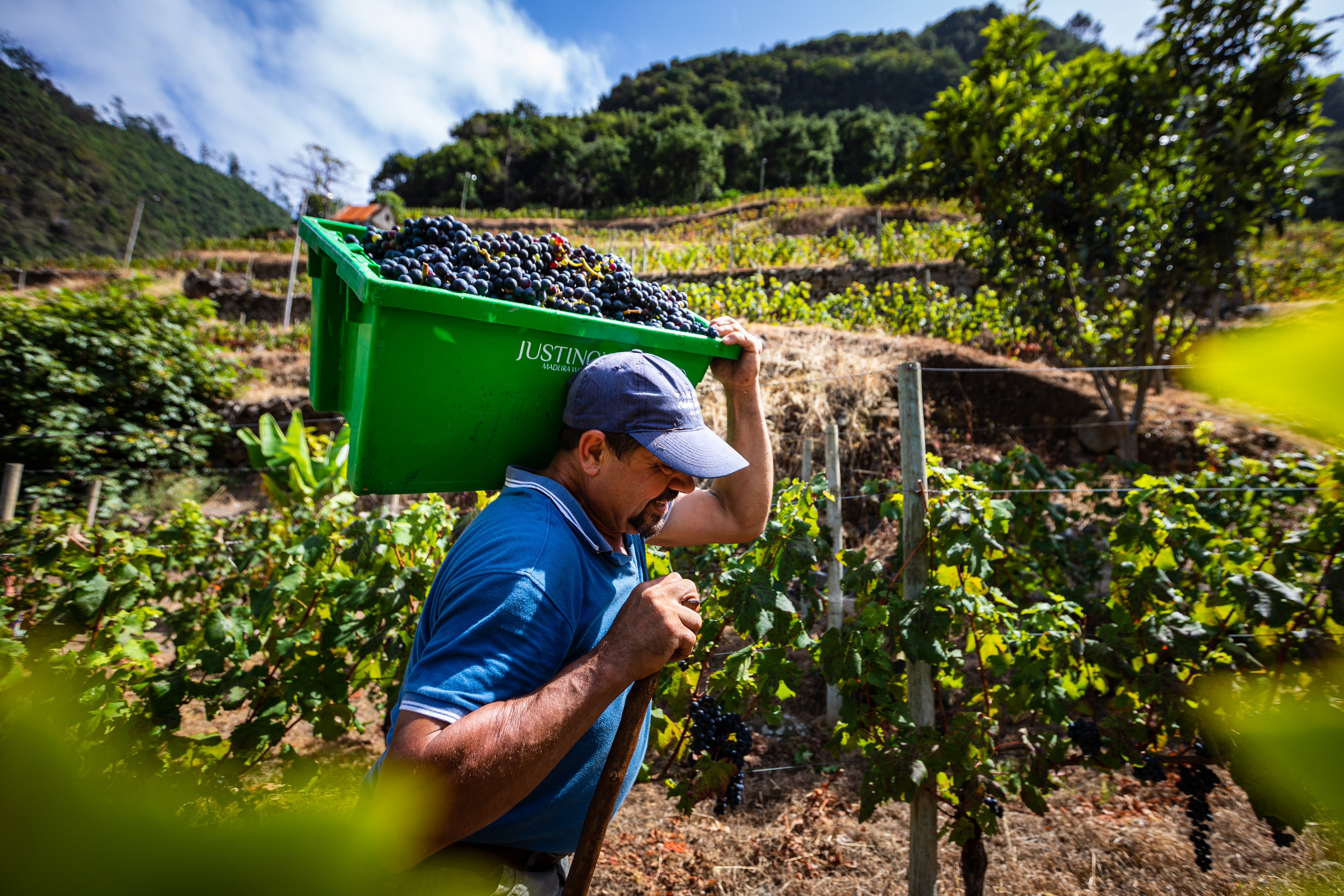
Normally, the harvest in Madeira begins in mid-August and extends until October. Nowhere else in the world do they last so long. As will be understandable, given the universe of microclimates and altitude levels, the grapes ripen first in the South (at the lowest levels), extending to the West and North, following the contour lines. The Sercial, in Jardim da Serra, is the last to be harvested (first week of October), as it is at altitudes above 800 meters.
Madeira Wine is made exclusively with grapes produced in the Região Demarcada da Madeira. The designation for the protected designation of origin (PDO) is, however, "Madeira" or "Madeira Wine". It has sui generis characteristics, both in its organoleptic component and in the winemaking and aging techniques.
With several centuries of evolution in terms of production techniques, it is today a liqueur wine with an alcohol content between 17 and 22 % alc. vol., in which the natural fermentation of the grape must is interrupted by the addition (fortification) of neutral wine alcohol at 96% vol. The main red grape varieties are: Tinta Negra, Bastardo and Complexa. As far as white grape varieties are concerned, they are: Sercial, Verdelho, Terrantez, Boal and Malvasia de São Jorge. Madeira Wine is distinguished from other fortified wines by its acidity and its great longevity, which can go beyond two hundred years, without significant loss of its organoleptic properties.
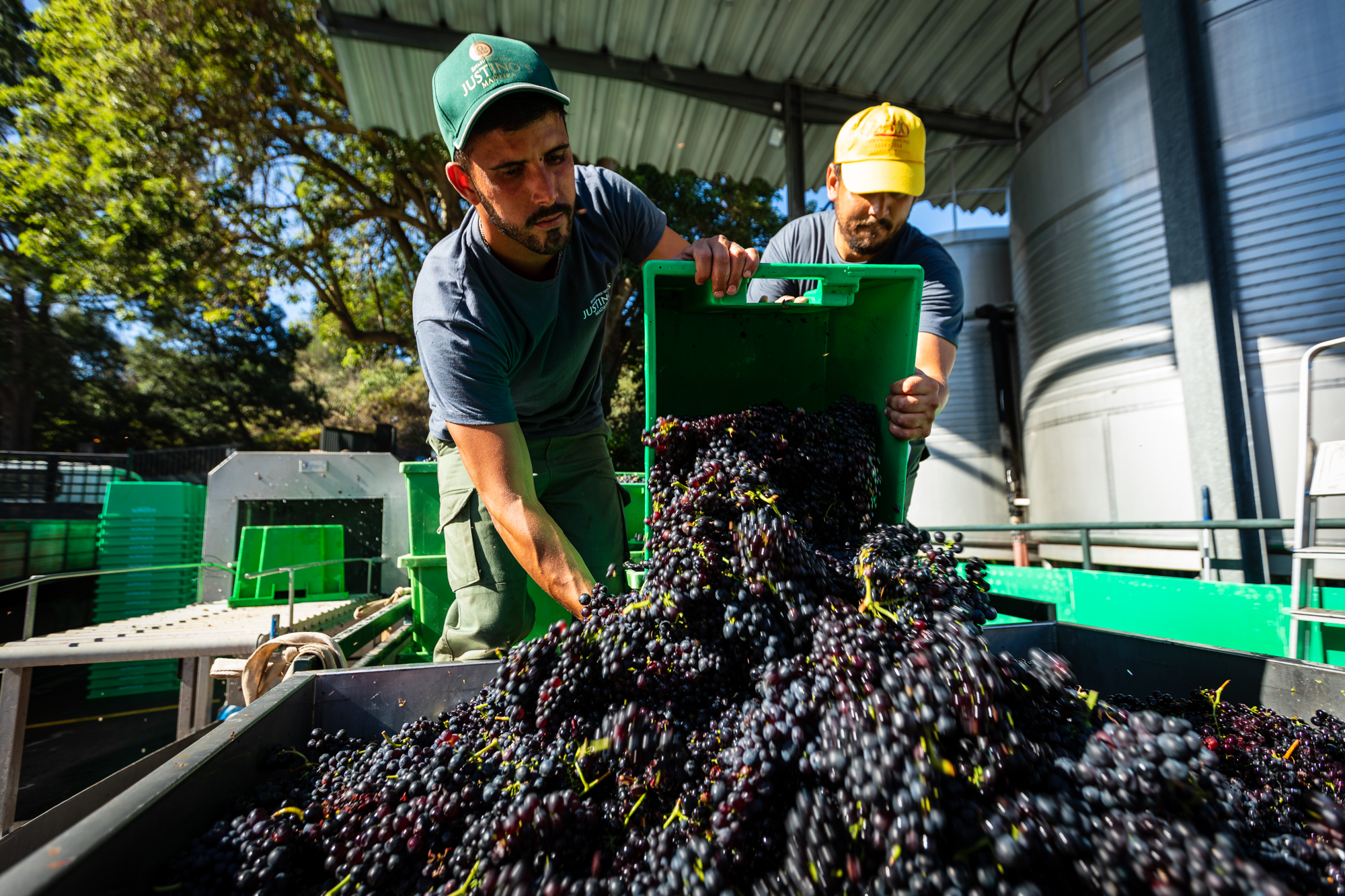
The quality control of the grapes is now carried out from upstream, in the vineyard, to the time of harvest depending on the desired degree of ripeness. The time between harvesting and processing is getting shorter and shorter, thanks to the heavy investment made in roads, tunnels and rural paths.
The different grape varieties are harvested separately to produce, at an early stage, monovarietal wines. The winemaking and ageing process also varies depending on whether it is a white or red variety.
The destemmed and usually crushed grapes are pumped to lagares, tanks or presses, depending on whether you want to do more or less maceration and extraction. Alcoholic fermentation occurs with indigenous yeasts, and their kinetics are controlled by cold. The goal is to be able to ferment one degree of alcohol per day. Dry wines and Sercial usually ferment 8 to 10 days, medium dry and Verdelho from 6 to 8 days, medium sweet and Boal from 4 to 6 days, sweet and Malvasia about 4 days.
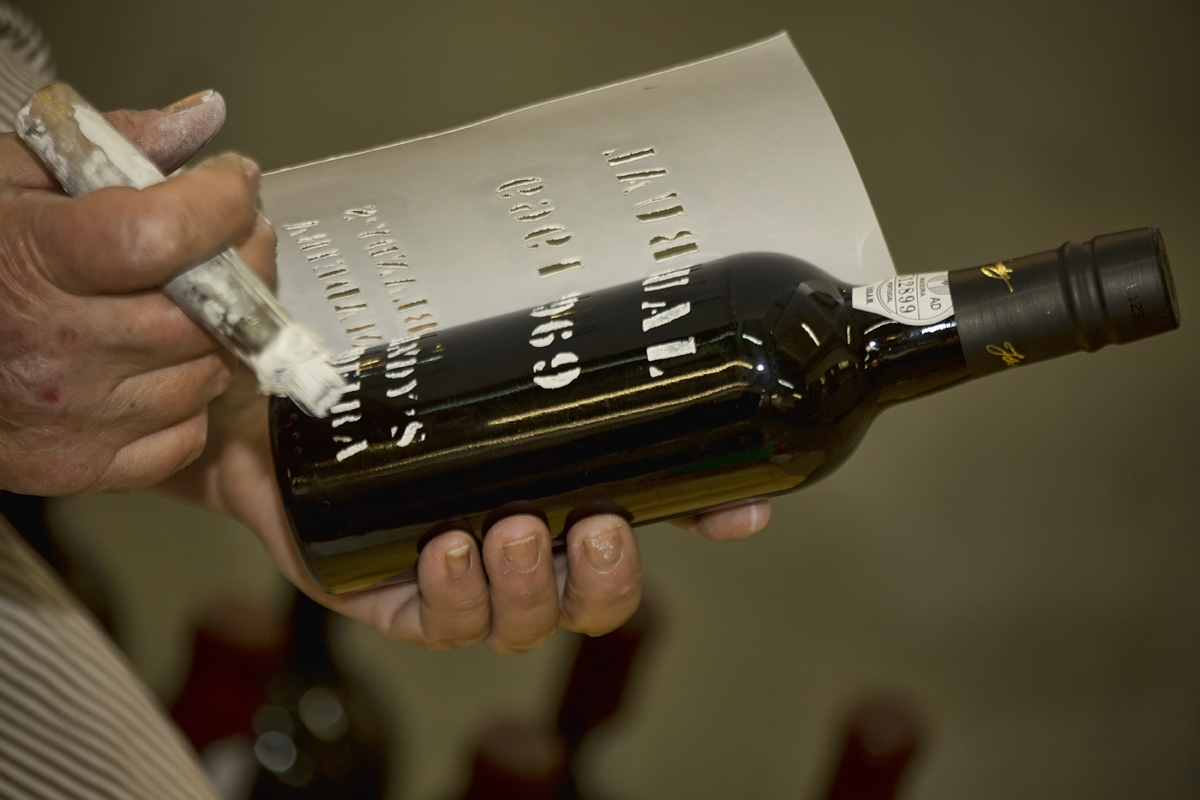
It is through the addition of neutral wine alcohol at 96% v/v that alcoholic fermentation is interrupted, raising the degree of the wine to 17% v/v and obtaining the desired sweetness in each variety, thanks to the residual sugars that are not transformed into alcohol. This operation is called fortification. It is the amount of residual sugars obtained that determines the sweetness of each grape variety or wine. Although they are classified by the legislation in force, as to the type (extra dry, dry, medium dry, medium sweet and sweet) by Baumé graduation, we can consider on average, for each type of wine, the following amounts of residual sugars:
| Extra dry | up to 30 gr/l |
| Dry and Sercial | 30 - 50 gr/ l |
| Medium dry, Rainwater and Verdelho | 55 - 70 gr / l |
| Medium sweet and Boal | 75 - 95 gr / l |
| Sweet and Malvasia | more than 100 gr / l |
Cf. Caderno de Especificações: DO “Madeira” PDO-PT-A0038.
After fortification, clarification takes place with bentonites and gelatins, in order to remove impurities and proteins from the wines. With clean wine, the so-called harvest batches are constituted, in the various grape varieties and styles. After physicochemical and organoleptic analyses, it is determined which wines will be subjected to the oxidative aging process, according to the natural process ("canteiro") or according to the artificial process (in "estufas").
Oxidative ageing transforms the floral and fruity aromas of wines into evolved notes of jam and spices. Initially, white and rosé wines have straw or yellowish colors and, in the case of red wines, red colors. In the end, they all turn golden and amber colours, more or less heavy, depending on the caramelisation of the sugars and the percentage of volume loss. This is caused by the evaporation of wine, with a consequent increase in its dry extract, alcohol, acids and glycerin.
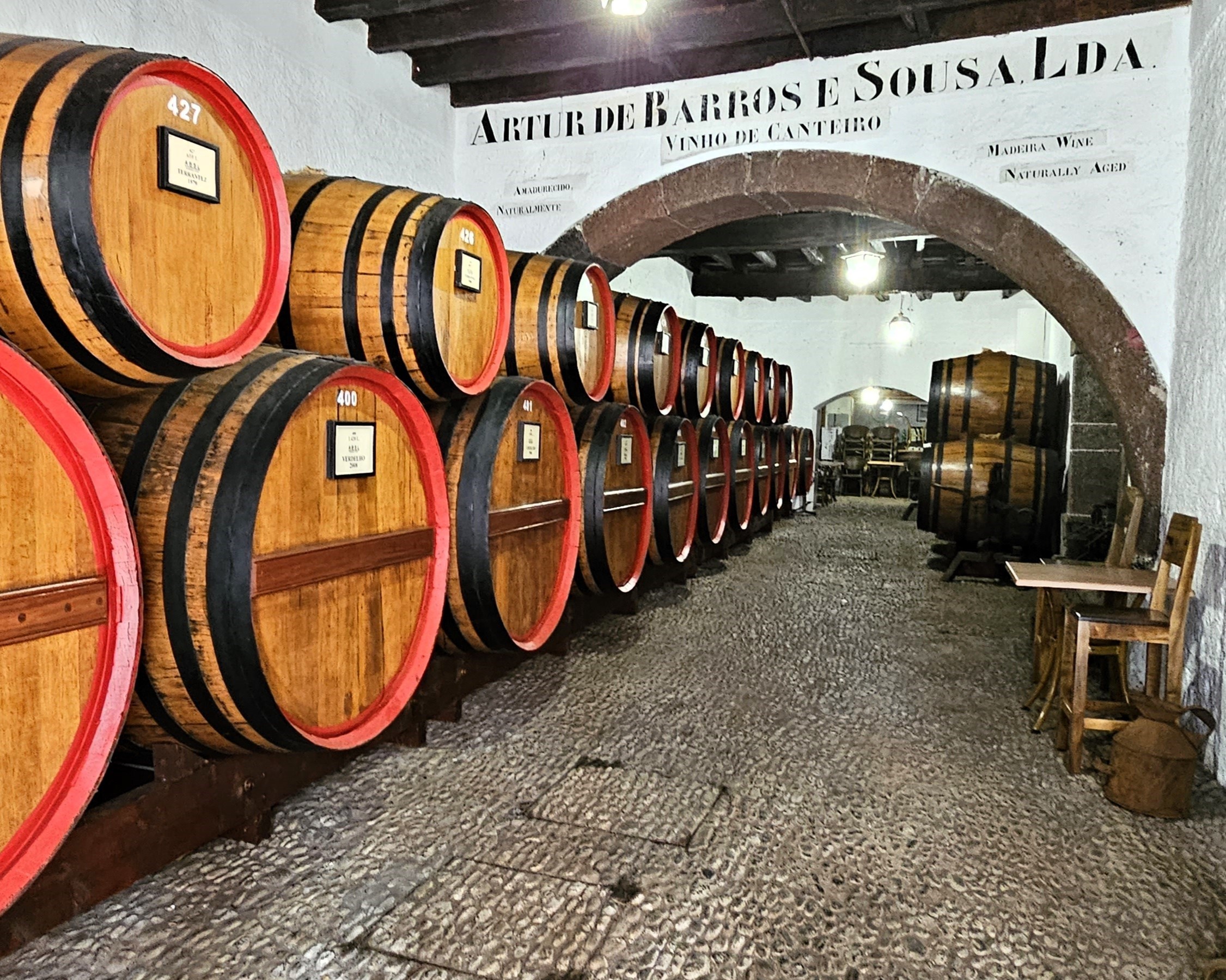
There are two properly legislated ageing systems:
1 – "estufagem" system, with the wines being heated by coils or jackets where hot water circulates, for a minimum period of 3 months, at a maximum temperature of 50°C. Wine with DO "Madeira", produced through the "estufagem" process, can only be bottled (and as such marketed) after at least 3 years. This happens after "estufagem",. but not before October 31 of the second year following the harvest;
2 – "canteiro" system, in which the wine ages at room temperature. Normally, the average annual temperature is 21ºC. Wine with DO "Madeira", produced through the "canteiro" process, is only considered to have conditions for bottling after at least 3 years. The counting of this period cannot be started before 1 January of the year following the harvest.
In the first system, the wine can start to be used for blending in the 2nd year, after the harvest. In the "canteiro", it is usually aged for a minimum of 4 years, before starting to be bottled. The barrels, in Madeira, are called "pipas canteiras" and have, on average, 650 liters. Normally, these vessels, some of which are centuries old, are made of American oak and a minority of French and Portuguese oak, some of which are made of "chestnut" (chestnut wood). The older casks do not transmit tannins from the wood, working as a "concentrator", due to the dehydration caused by placing the beds in hot and dry environments.
In the armazéns de sol or higher floors next to the attics, in the cellar buildings, the wine concentrates and loses volume (6 to 8% per year). At the same time, primary and secondary aromas complex. They transform into aromas of jam, candied fruit and nuts. The residual sugars caramelize and the alcohol oxidizes, giving notes of brandy.
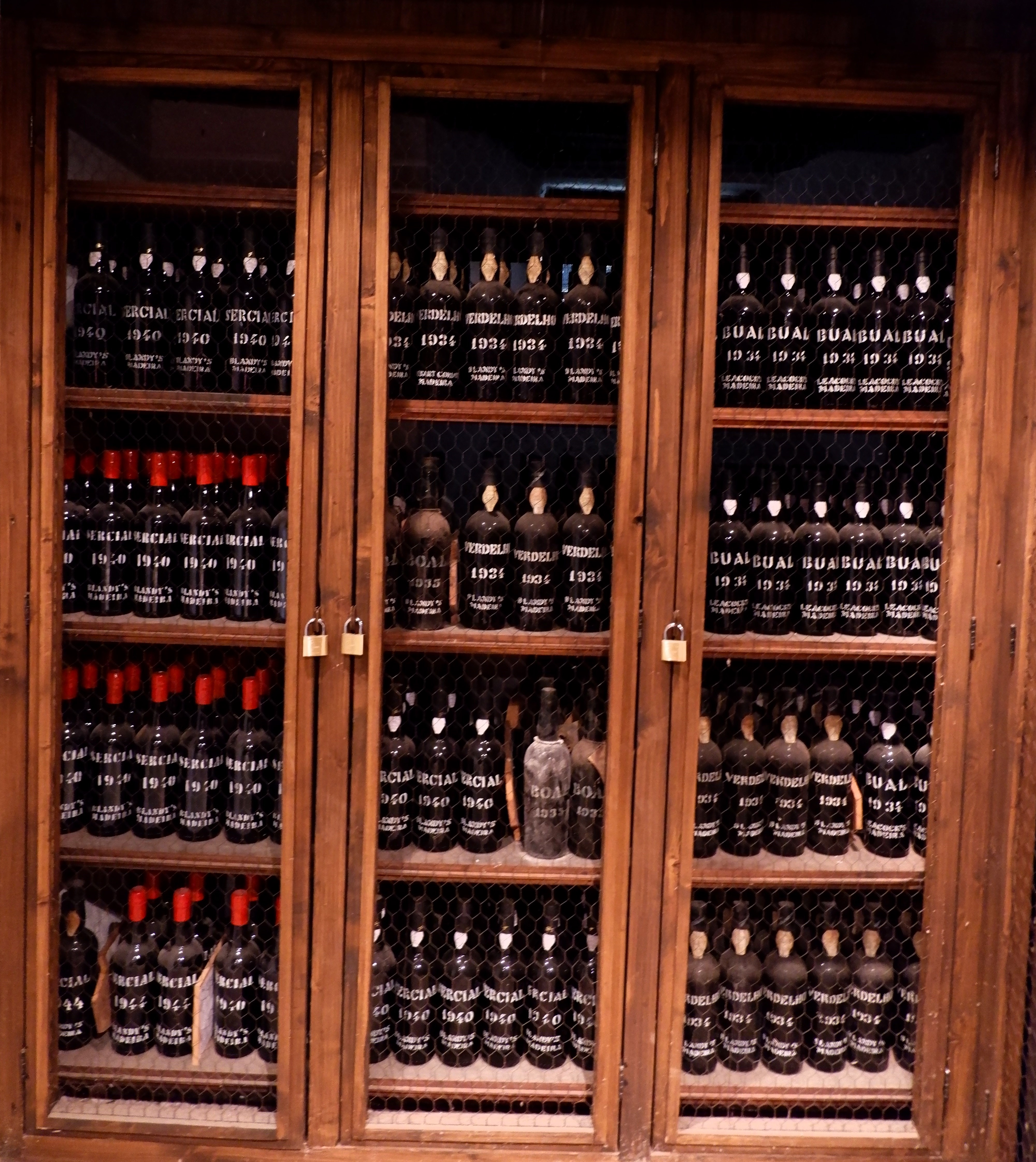
As the years go by, the wine becomes more complex and concentrated, more balsamic with a bouquet of spices and emniceutical notes, reminiscent of tobacco and exotic woods such as cedar. After an extended stage interval, losses or breakdowns can reach 80% of the initial volume. To minimize these evaporative breakages, "atestos" are carried out every year. This means topping up the volume of the casks to around 96%, sacrificing one from the same year and caste to complete the others. Another technique is the management of the sites of the "canteiros", moving the wines from the warmer warehouses to the fresher ones and, sometimes, placing the wines in larger capacity containers ("tonéis" and "cubas"), where the breakage by evaporation is less.
Essentially, there are two types of wines:
1- Medium age or Blend's that can be 3, 5, 10, 15, 20, 30, 40, 50 and over, with or without indication of grape variety. If you indicate the variety, you must have at least 85% of the variety mentioned on the label.
2- With indication of age. They can be harvests, if they age for at least 5 years in casks, or frasqueiras, if they stay for at least 20 years in the "canteiro" system, of a single year and variety.
It is in aging that all the difference is made, given that, at least, the wines generally rest 3 years, if "estufados" (heated to a maximum of 50ºC, for a minimum period of 3 months) or 4 years, if in a "canteiro" system. In this case, they are subjected to an average ambient temperature of 21ºC in hulls, whose function is to concentrate acids, sugars, alcohol and dry matter, acquiring the characteristic bouquet. Frasqueiras are aged in casks for at least 20 years before being bottled. Madeira Wines are unique and completely air-stabilized, so they are extremely stable, as long as they are properly corked and protected from direct sunlight.
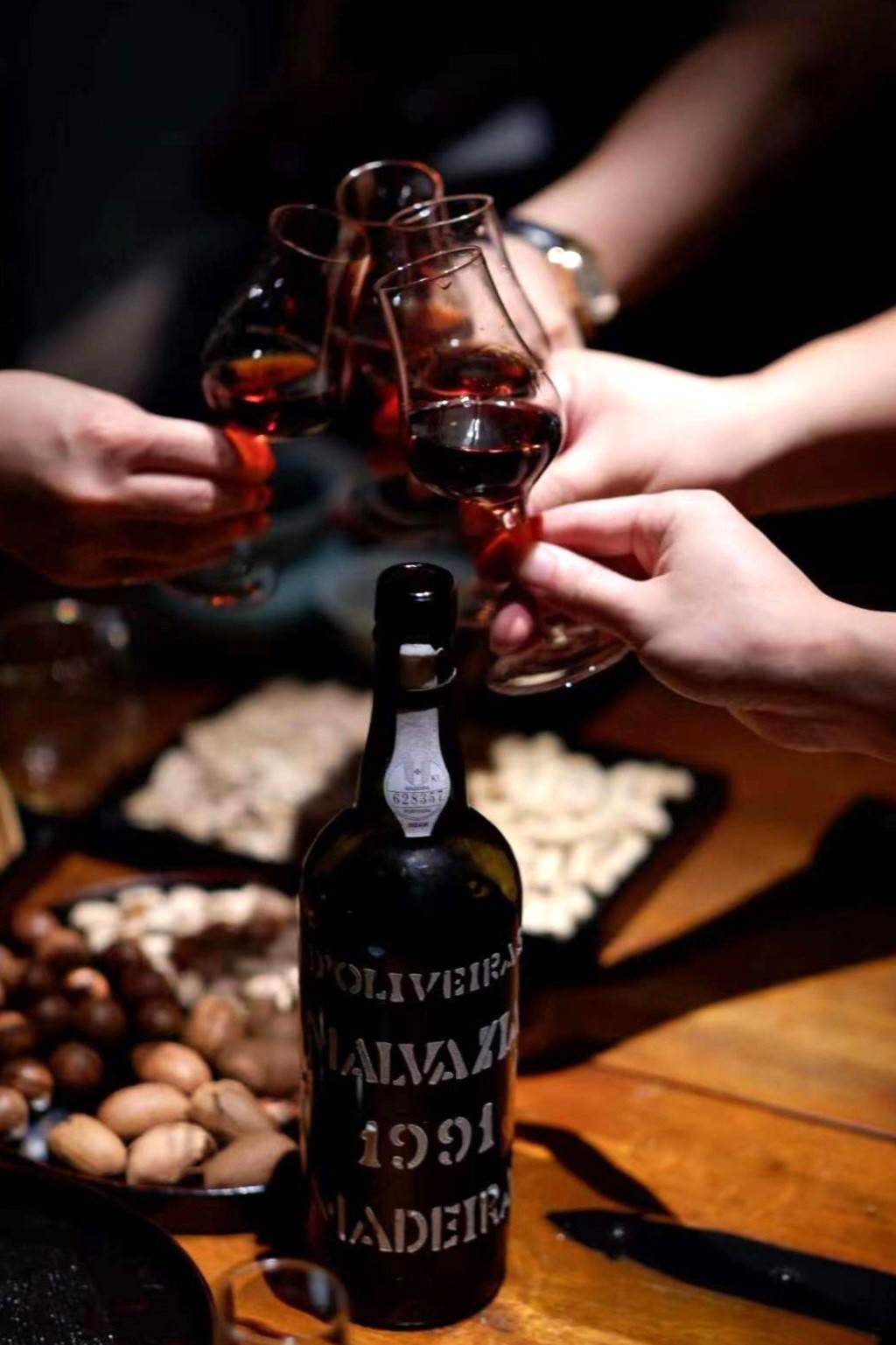
The tendency to improve, beyond one hundred years of age, gives this wine a temporality of its own. The oldest bottles, which are yet to be opened, incorporate winemaking techniques and grape varieties that have been forgotten for a long time, which makes them true time capsules.
Source: Albuquerque, F.; Teixeira, J.; Silva, A. J. M.; Santos, R. A. N. (in press), “Madeira: o vinho que nasceu no mar. Terroir, história, características, processos, agentes, degustação e turismo”. In CAEC (ed.), Macaronesia: islas del vino, La Laguna, Espanha: Cátedra de Agroturismo y Enoturismo de Canarias.